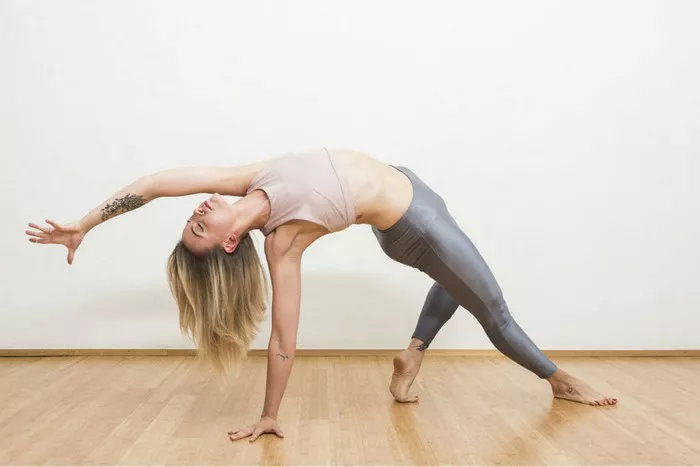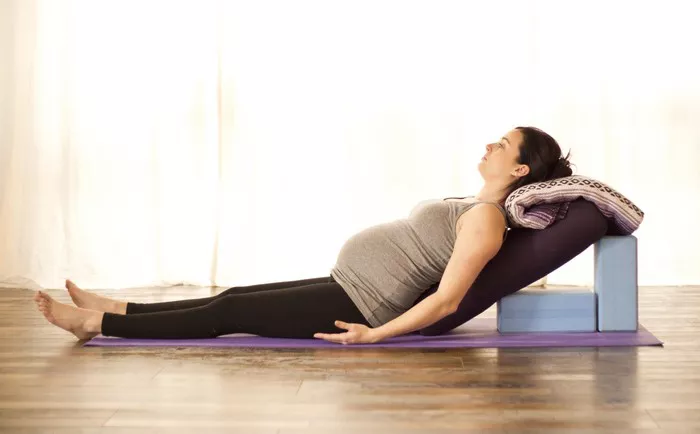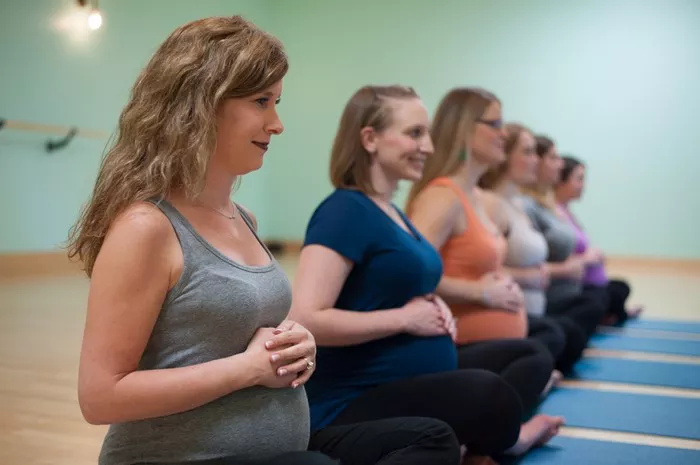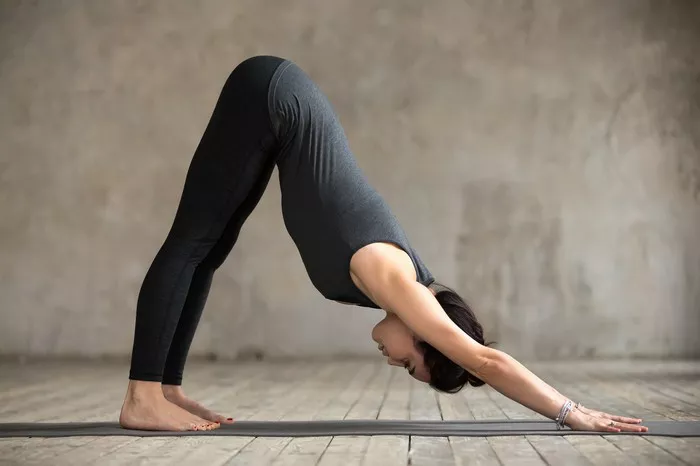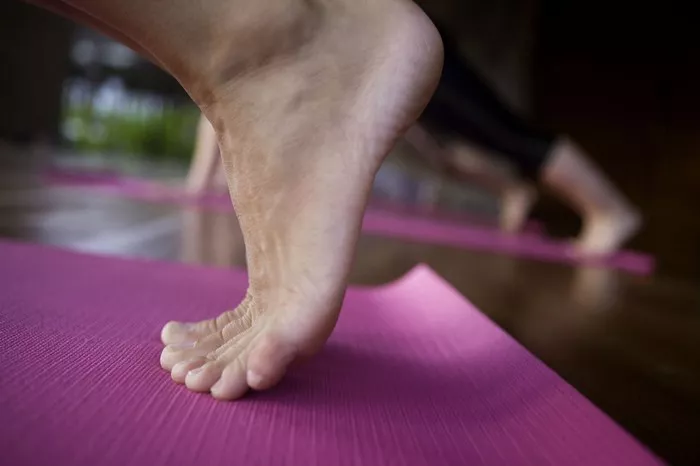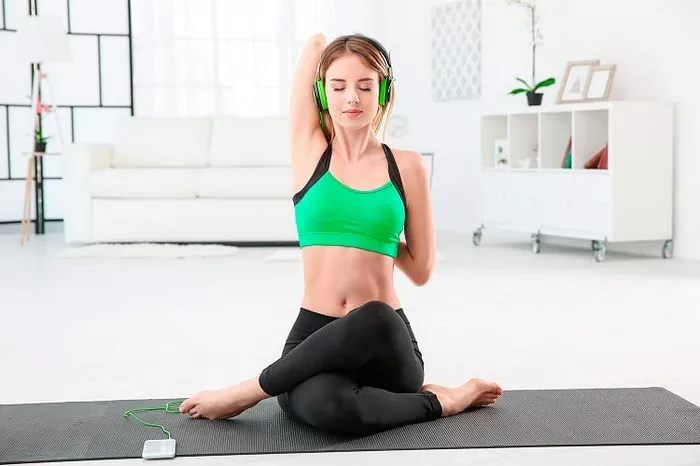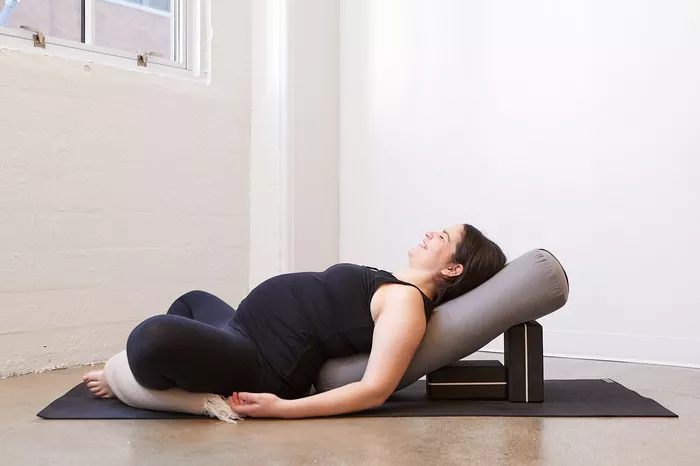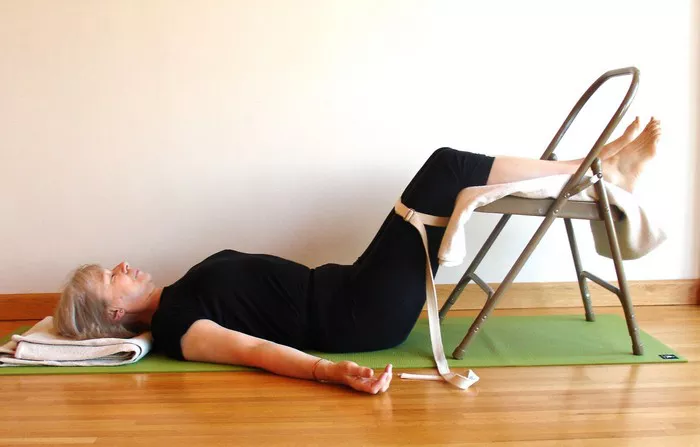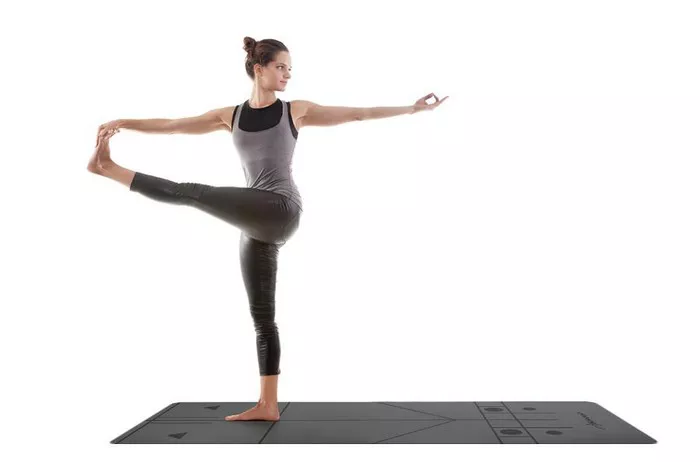Ashtanga Yoga traces its origins back to the ancient sage Patanjali, who outlined the eight limbs of yoga in the Yoga Sutras. The modern form of Ashtanga Yoga, however, was codified by Sri K. Pattabhi Jois in the 20th century. Jois’s system is based on a set sequence of postures, passed down through an oral tradition, which is believed to have been preserved for centuries. This lineage emphasizes strict adherence to the sequence, with each posture flowing into the next in a precise manner.
Posture Sequences: Rigidity vs. Fluidity
One of the most significant differences between Ashtanga and Vinyasa Yoga lies in their posture sequences. Ashtanga Yoga has six predefined series: Primary Series (Yoga Chikitsa), Intermediate Series (Nadi Shodhana), and four Advanced Series (Sthira Bhaga). Practitioners start with the Primary Series and progress to higher series only after mastering the previous one. This sequential structure is not only about physical postures but also about the gradual purification of the body and mind. For instance, the Primary Series focuses on cleansing the body through a combination of standing, seated, and backbend postures, while the Intermediate Series delves deeper into opening the energy channels.
In contrast, Vinyasa Yoga offers a wide range of flexibility in sequencing. Teachers often incorporate sun salutations as a base, but beyond that, the combinations of postures can vary greatly. A Vinyasa class might include different types of standing poses, twists, inversions, and restorative postures, all strung together in a creative flow. This fluidity allows for more personalization in class design. Teachers can create sequences that target specific muscle groups, enhance certain aspects of flexibility, or focus on building mental concentration, depending on the needs of the students.
Breath and Movement: Synchronized Rhythms
Both Ashtanga and Vinyasa Yoga emphasize the connection between breath and movement, but they approach it differently. In Ashtanga Yoga, the breath is synchronized with a specific movement called vinyasa. Each movement between postures is accompanied by an inhale or an exhale, creating a rhythmic flow. This synchronized breathing, along with the use of ujjayi breath (a deep, audible breath through the nostrils), helps to create internal heat and focus the mind. The consistent breath pattern throughout the practice also serves as an anchor, guiding the practitioner through the sequence and promoting a meditative state.
Vinyasa Yoga also emphasizes breath – movement synchronization, but with more flexibility. While many Vinyasa classes use ujjayi breath, the way it is integrated with movement can vary. Teachers may encourage students to inhale as they stretch and exhale as they contract, but there is no strict, predefined pattern for every single movement. This allows for a more intuitive connection between breath and body. In Vinyasa, the breath can be adjusted according to the intensity and flow of the sequence, giving practitioners the opportunity to explore how their breath can support different postures and transitions.
Level of Intensity: Structured Challenge vs. Varied Demands
Ashtanga Yoga is known for its high level of physical intensity. The fixed sequence, which often includes a series of challenging postures and continuous movement, demands strength, flexibility, and endurance. The practice typically starts with a set of sun salutations, followed by a series of standing postures that build strength in the legs and core. As practitioners progress through the series, they encounter more complex postures such as inversions and deep backbends. The repetitive nature of the sequence also means that the body is constantly challenged to adapt and improve over time.
Vinyasa Yoga, on the other hand, can vary in intensity. While some Vinyasa classes can be just as physically demanding as Ashtanga, others may be more gentle and restorative. The intensity of a Vinyasa class depends on factors such as the teacher’s style, the theme of the class, and the level of the students. For example, a power Vinyasa class may focus on building strength and endurance through a fast – paced flow of challenging postures, while a yin – vinyasa class may combine dynamic Vinyasa sequences with longer – held, restorative yin postures, providing a more balanced and less intense experience.
Philosophical Underpinnings: Traditional Dogma vs. Contemporary Interpretation
Ashtanga Yoga is deeply rooted in traditional yoga philosophy. The eight – limb system of yoga, as described in the Yoga Sutras, forms the foundation of the practice. The physical postures (asanas) in Ashtanga are seen as a means to prepare the body for meditation, which is the ultimate goal of yoga. The strict adherence to the sequence is not just about physical discipline but also about cultivating mental discipline and self – awareness. It follows the traditional path of yoga, aiming to purify the body and mind to reach a state of enlightenment.
Vinyasa Yoga, while still drawing from traditional yoga philosophy, has a more contemporary interpretation. It focuses on the present – moment experience of the practitioner, emphasizing the connection between body, breath, and mind in the here and now. Vinyasa classes often incorporate elements of mindfulness and self – reflection, but they may not follow the traditional eight – limb system as strictly. Instead, Vinyasa encourages students to explore their own physical and mental boundaries, find their unique flow, and use the practice as a tool for personal growth and well – being in the modern context.
Teaching Styles: Disciplined Guidance vs. Creative Freedom
Ashtanga Yoga teachers typically follow a more disciplined and standardized teaching approach. Since the sequence is fixed, teachers focus on teaching the correct alignment, breathing techniques, and transitions for each posture in the series. They often use a hands – on approach to adjust students, ensuring that they are performing the postures safely and accurately. The emphasis is on the student following the traditional method as closely as possible, and progress is measured by the student’s ability to master the sequence.
In Vinyasa Yoga, teachers enjoy more creative freedom. They are responsible for designing unique sequences, choosing appropriate music, and creating an atmosphere that aligns with the class theme. Vinyasa teachers may use a variety of teaching methods, including verbal cues, demonstrations, and hands – on adjustments. They also have the flexibility to adapt the class to the needs and levels of the students on any given day. This allows for a more personalized teaching experience, where teachers can inspire students with their creativity and innovation in the practice.
Conclusion
In conclusion, while Ashtanga and Vinyasa Yoga share the common goal of integrating body, breath, and mind, they differ significantly in their historical roots, posture sequences, breath – movement connections, levels of intensity, philosophical underpinnings, and teaching styles. Ashtanga Yoga offers a structured, traditional practice with a fixed sequence that challenges the body and mind in a consistent way, rooted deeply in ancient yoga philosophy. It is ideal for those who thrive on discipline, seek long – term progression through a set system, and are drawn to the traditional aspects of yoga.



